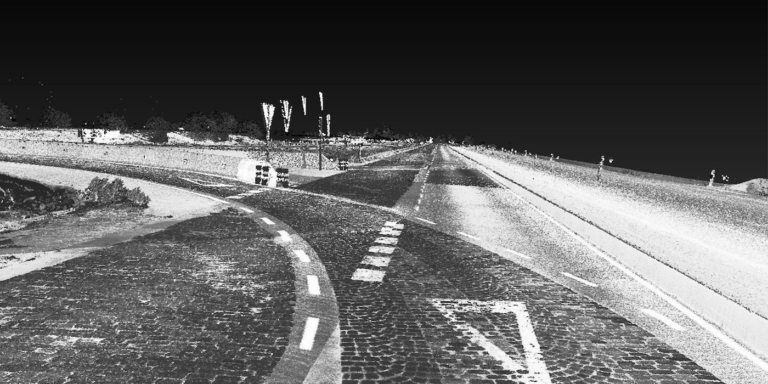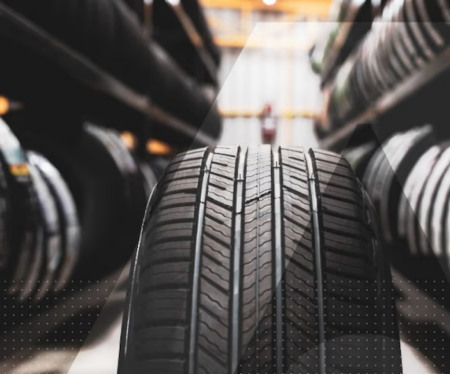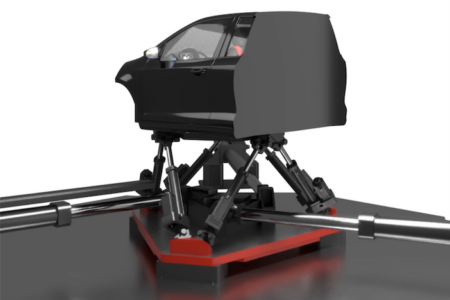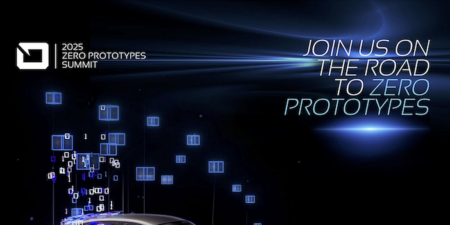Software specialist, rFpro is developing what it says will be a “highly accurate” virtual model of Applus+ IDIADA’s proving ground in Spain, intended for use as a tool in virtual vehicle development, including vehicle dynamics applications. The “digital twin” of the facility can be used to accelerate the development of ADAS and CAVs (connected autonomous vehicles) by testing them in a fully representative virtual environment prior to undergoing validation on the track.
The digital model can be populated by ‘ego’ vehicles (customer vehicle designs) as well as by semi-intelligent swarm traffic and programmed traffic. According to rFpro, the system allows for virtual vehicles and pedestrians to share the road network, with synchronized traffic and pedestrian signals, following the rules of the road. The system can also enable safe testing for unexpected events, such as pedestrians stepping into the road, mirroring the physical tests conducted on the proving ground with robot soft targets.
The system uses phase-based laser scanning survey data to generate create models with a claimed accuracy of around 1mm in Z (height) and in X and Y (position), with rendering quality of up to HDR-3 standard. In addition, a TerrainServer surface model enables high-definition surfaces to be simulated, which can capture detailed surface information to achieve a good correlation with the actual road surfaces at the facility. According to rFpro, this capability extends the use of the digital model into vehicle dynamics applications, allowing ride and secondary ride experiments to be conducted by real-time models on driving simulators.
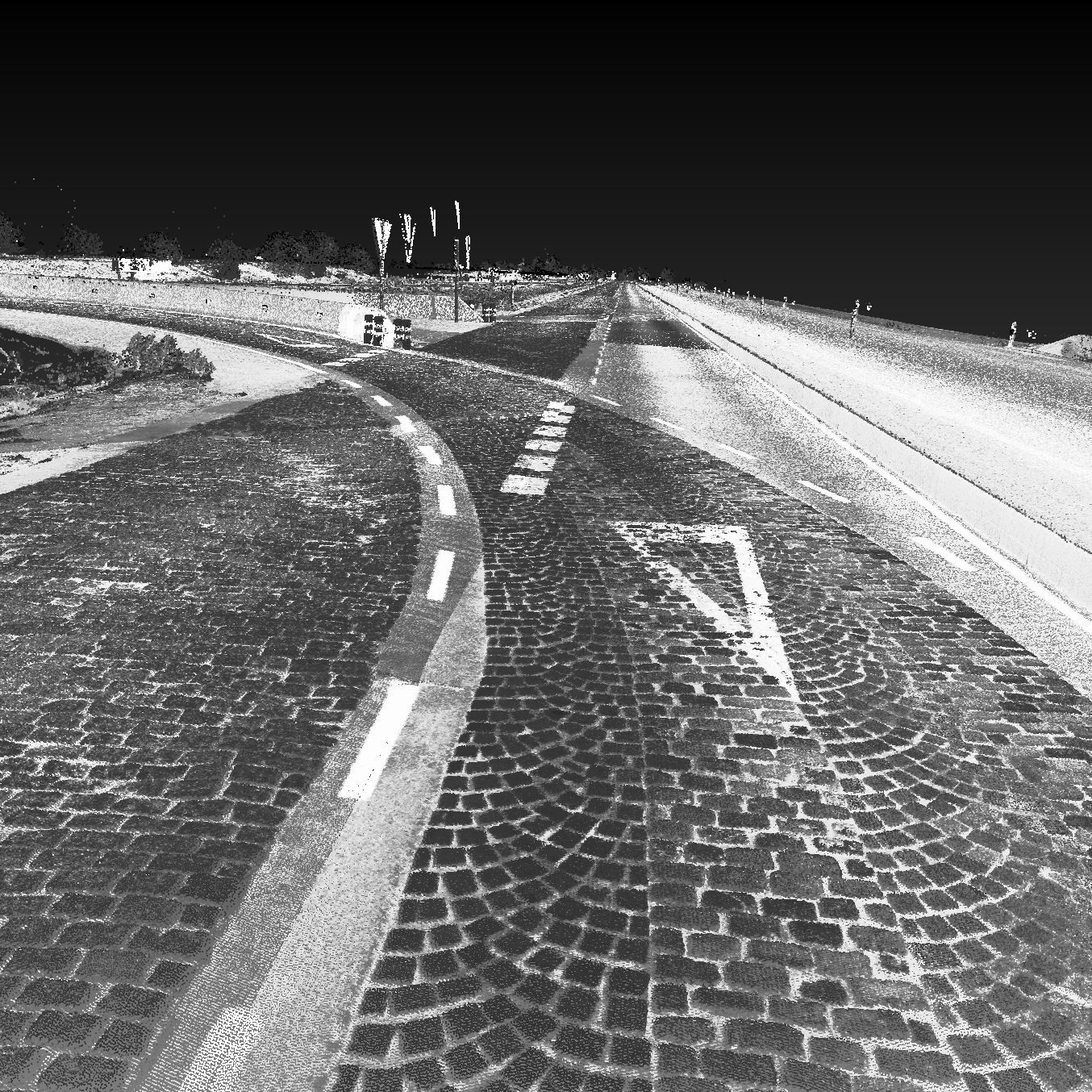
It is not just the physical characteristics of the facility that have been modeled: the specific light quality at Applus+ IDIADA’s s latitude and longitude has been modeled accurately, and can replicate specific days of the year, times of the day, and various atmospheric and weather conditions. This includes events that can be challenging for ADAS and autonomous vehicle sensors; for example the transition between poorly lit and well-lit roads, the sun being low in the sky or the headlights of oncoming traffic.
“Using a virtual environment is the only cost-effective way to subject these self-learning systems to the limitless number of scenarios that can occur in the real world,” stated Chris Hoyle, technical director at rFpro. “Identical scenarios can be choreographed at the proving ground to validate the simulation results, allowing customers to confidently progress to real-world trials. Our virtual model is a vital part of the road map for the development of CAVs at Applus+ IDIADA within the regulatory framework.”
Javier Gutierrez, Applus+ IDIADA’s project manager for chassis development and vehicle dynamics added, “By investing in a digital model, we can also become an integrated part of our customers’ continuous software development tool-chain, significantly reducing the development and validation time, and therefore the cost, of autonomous systems.”


